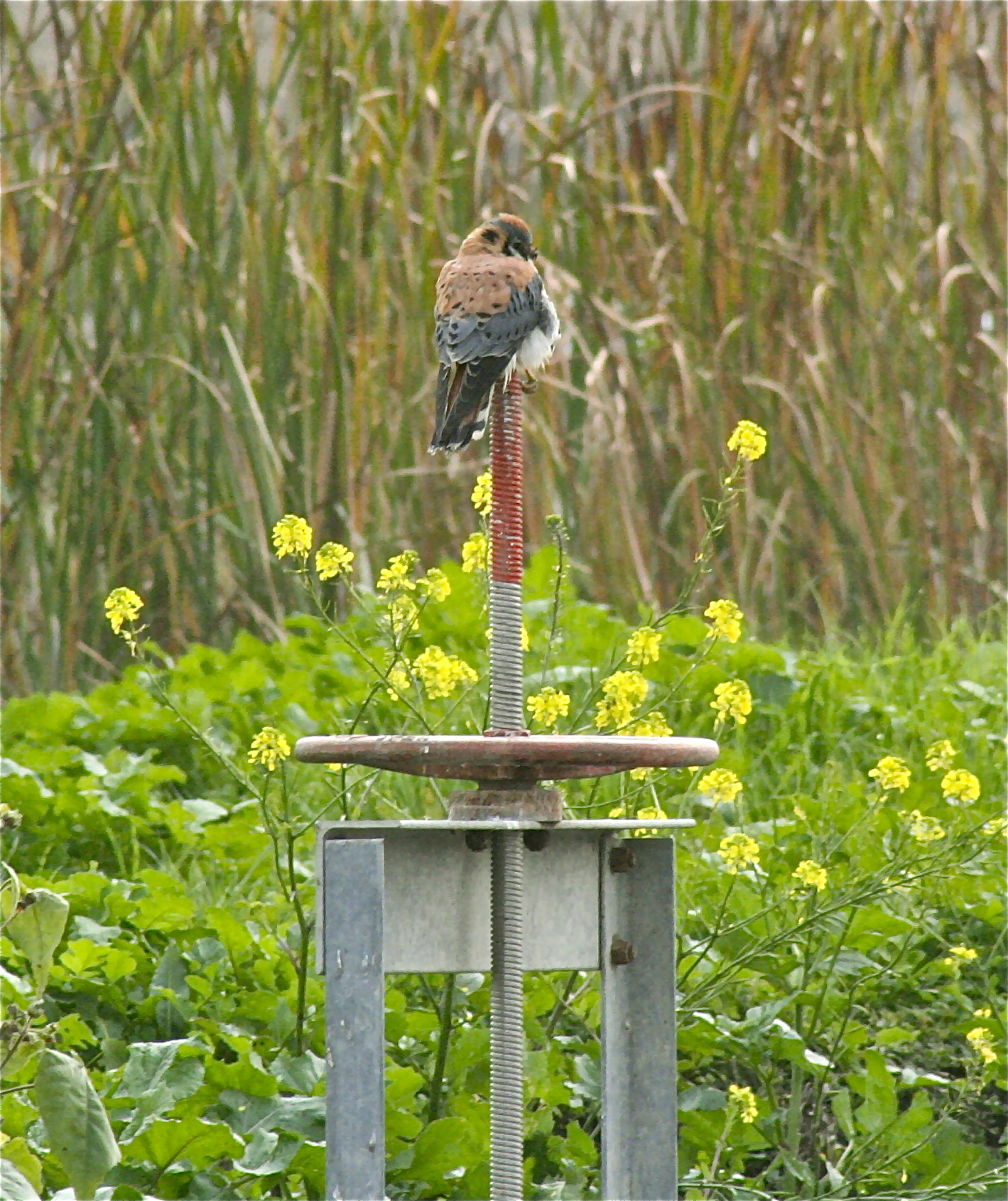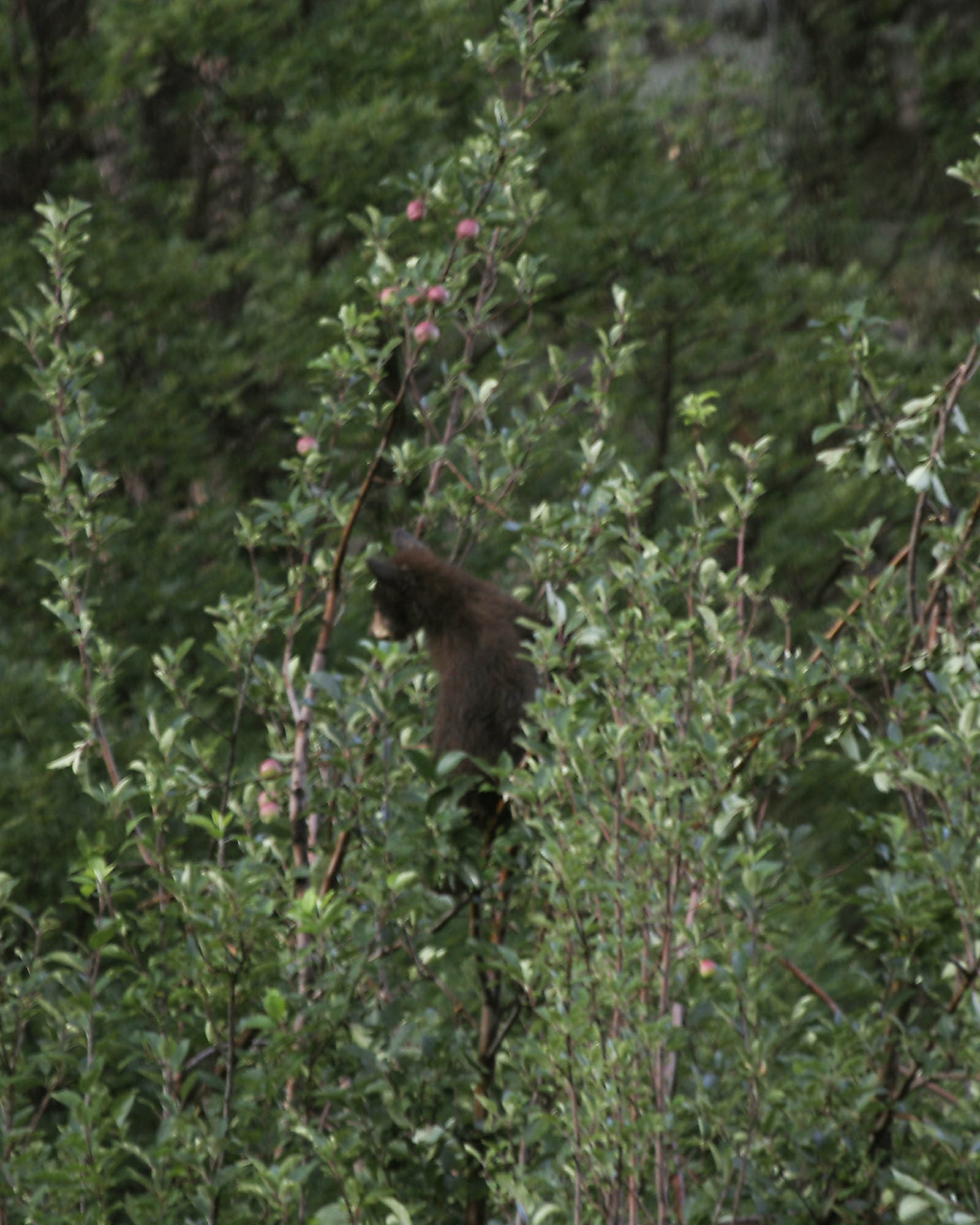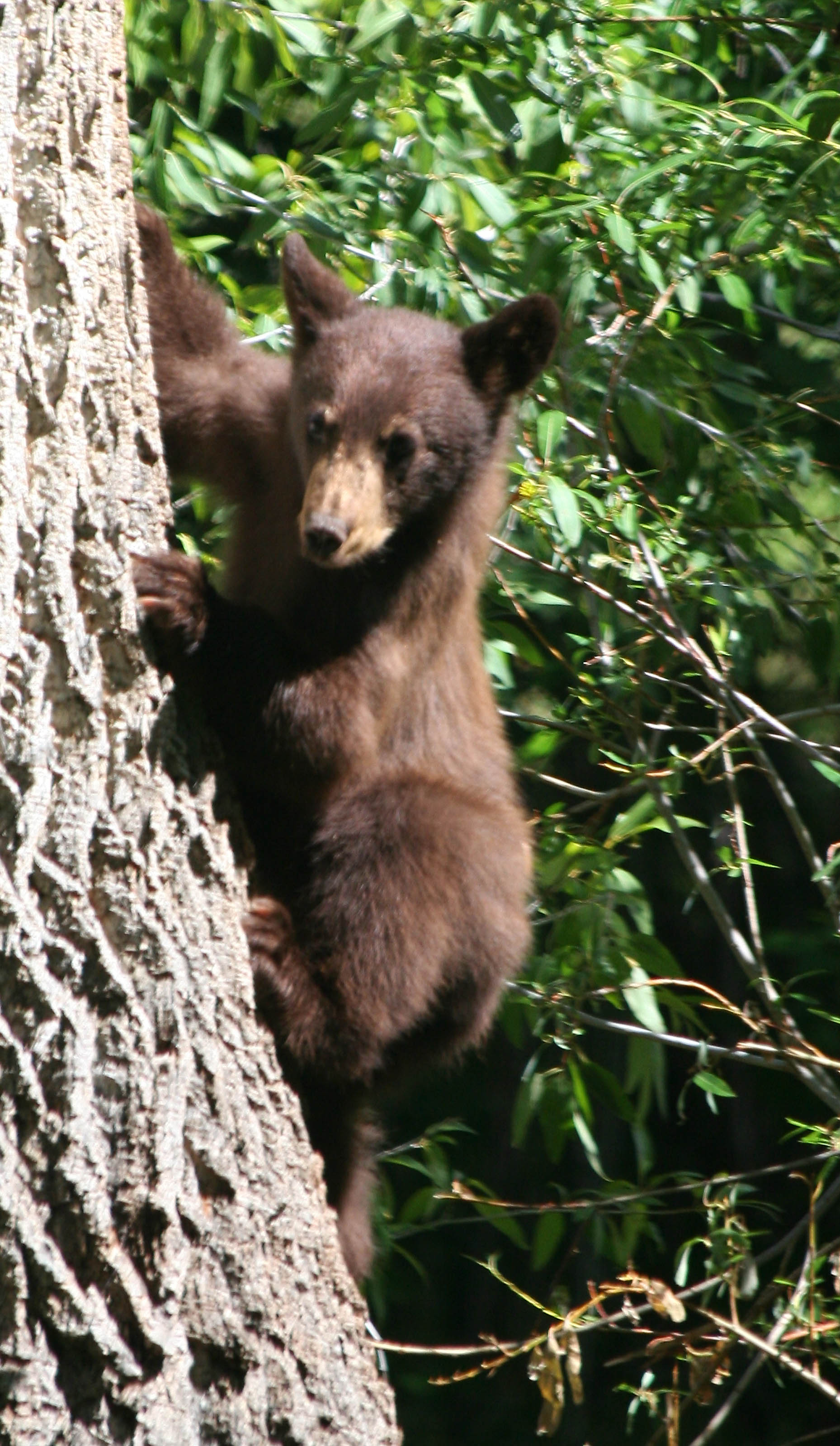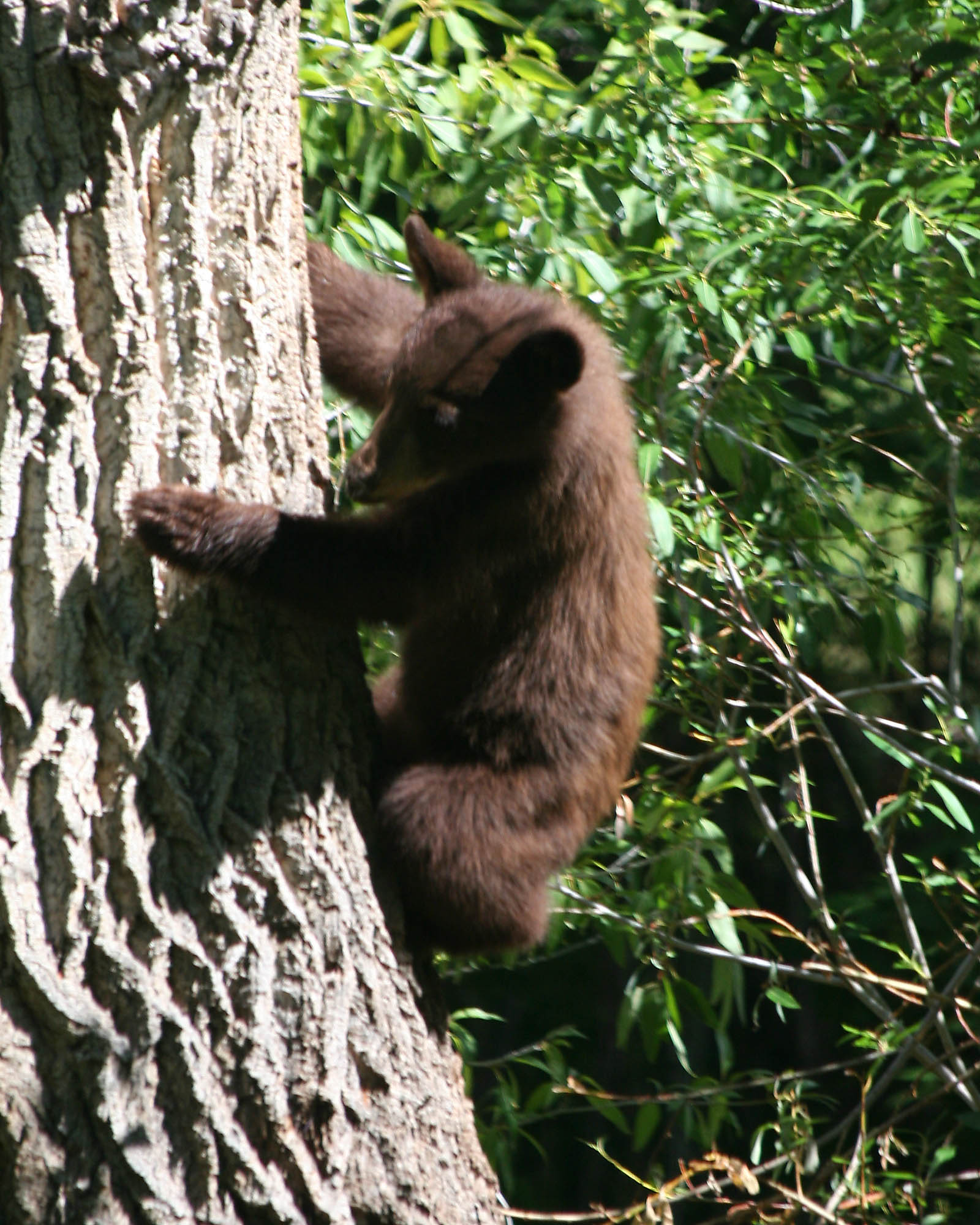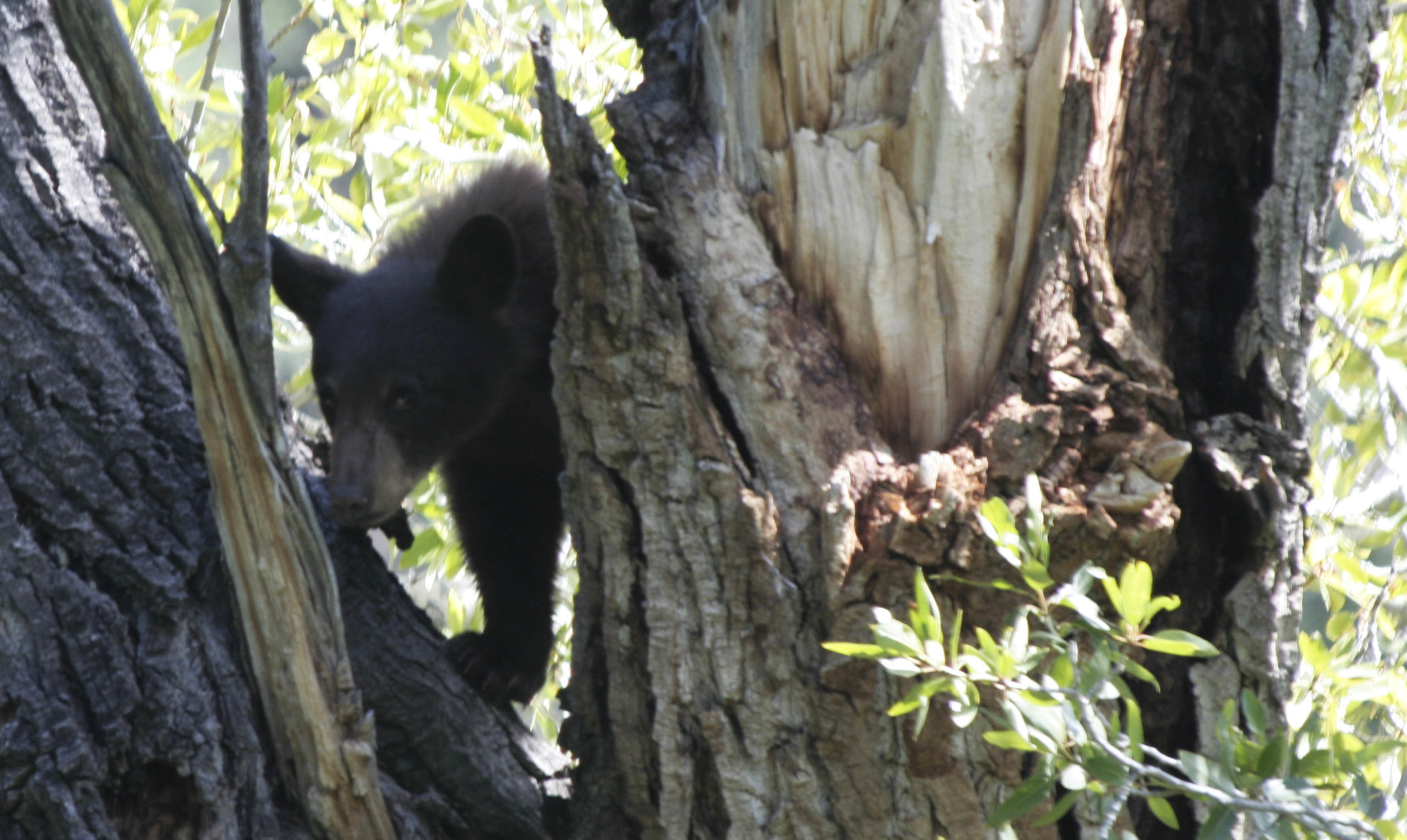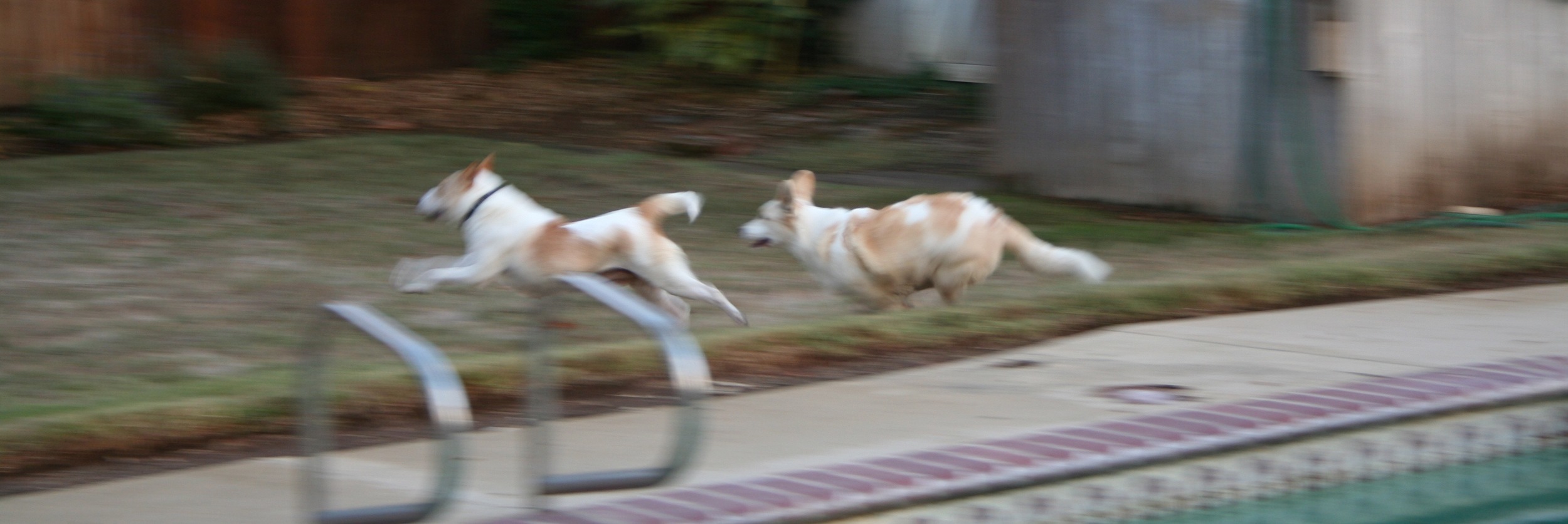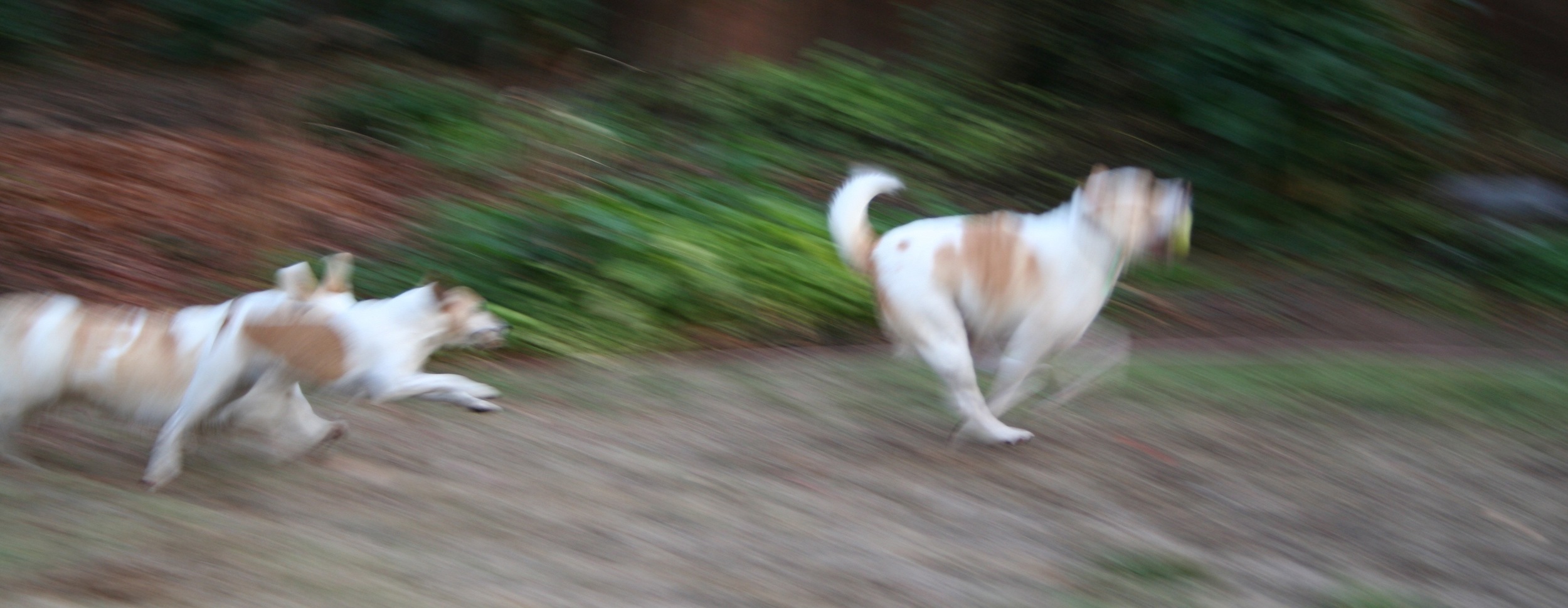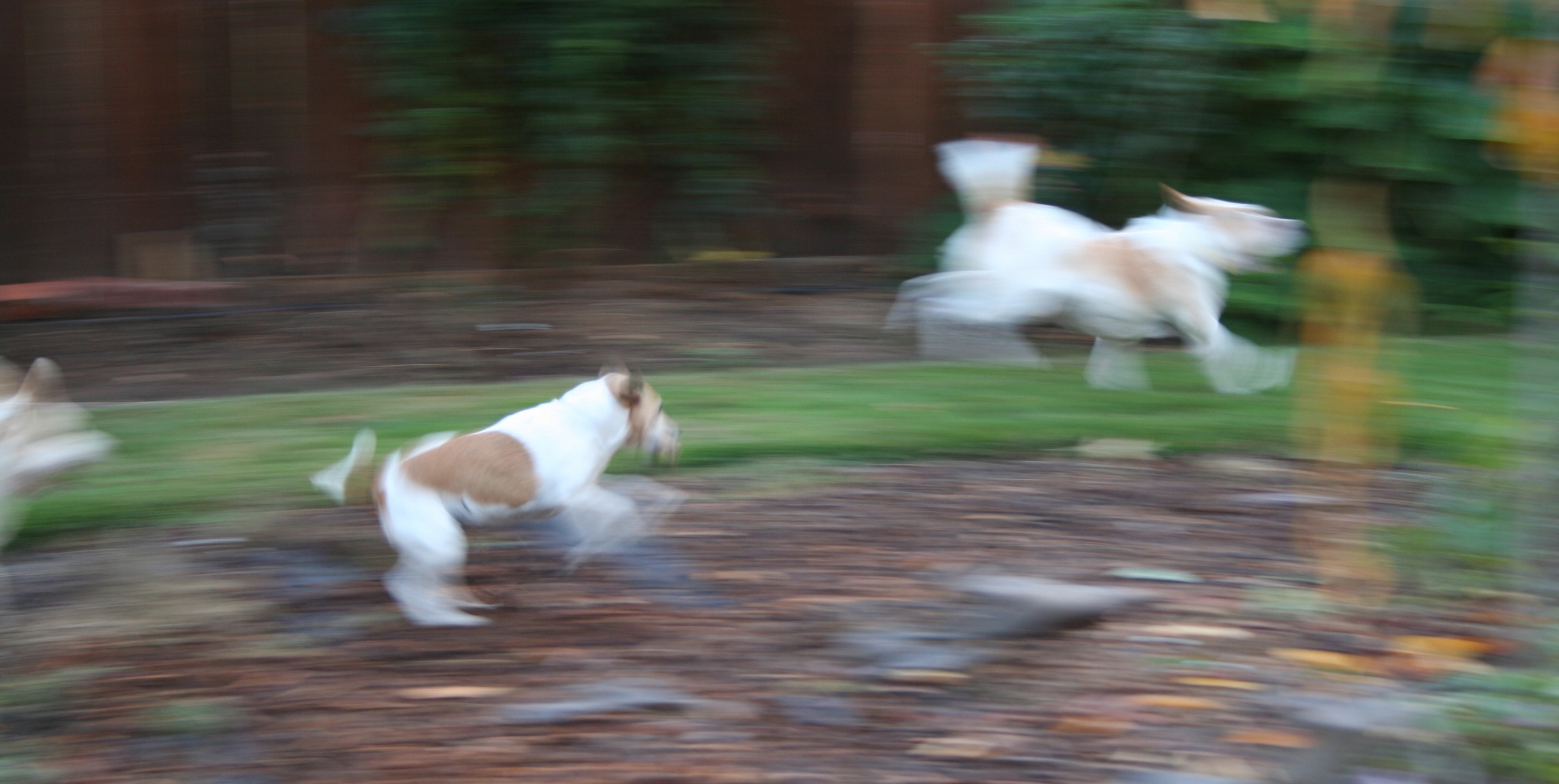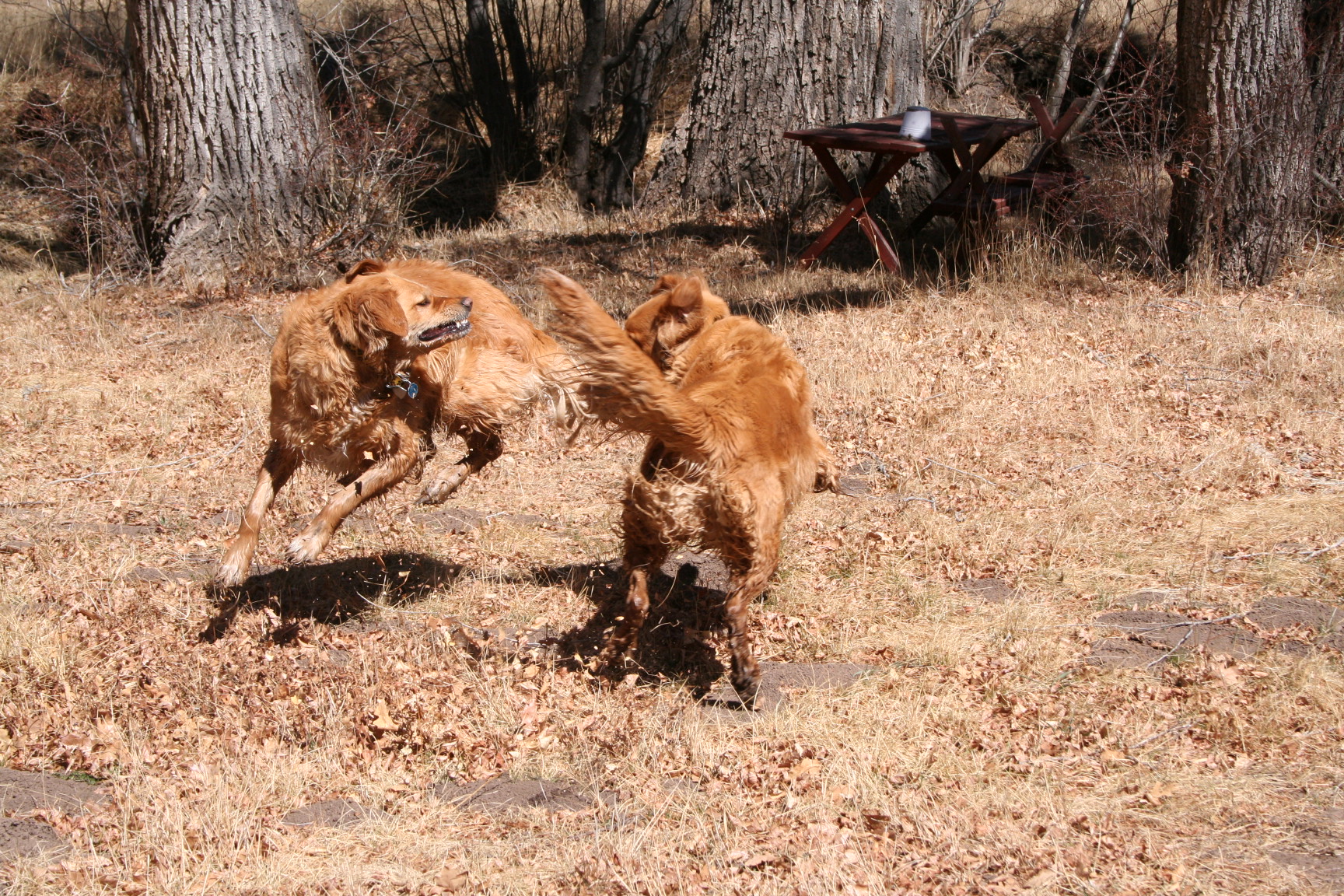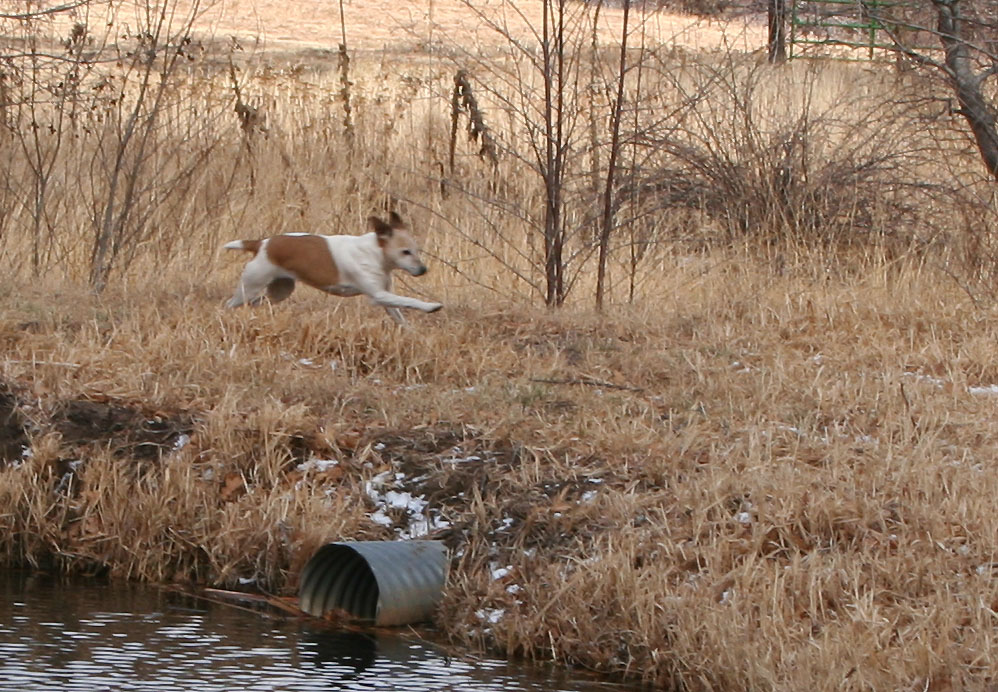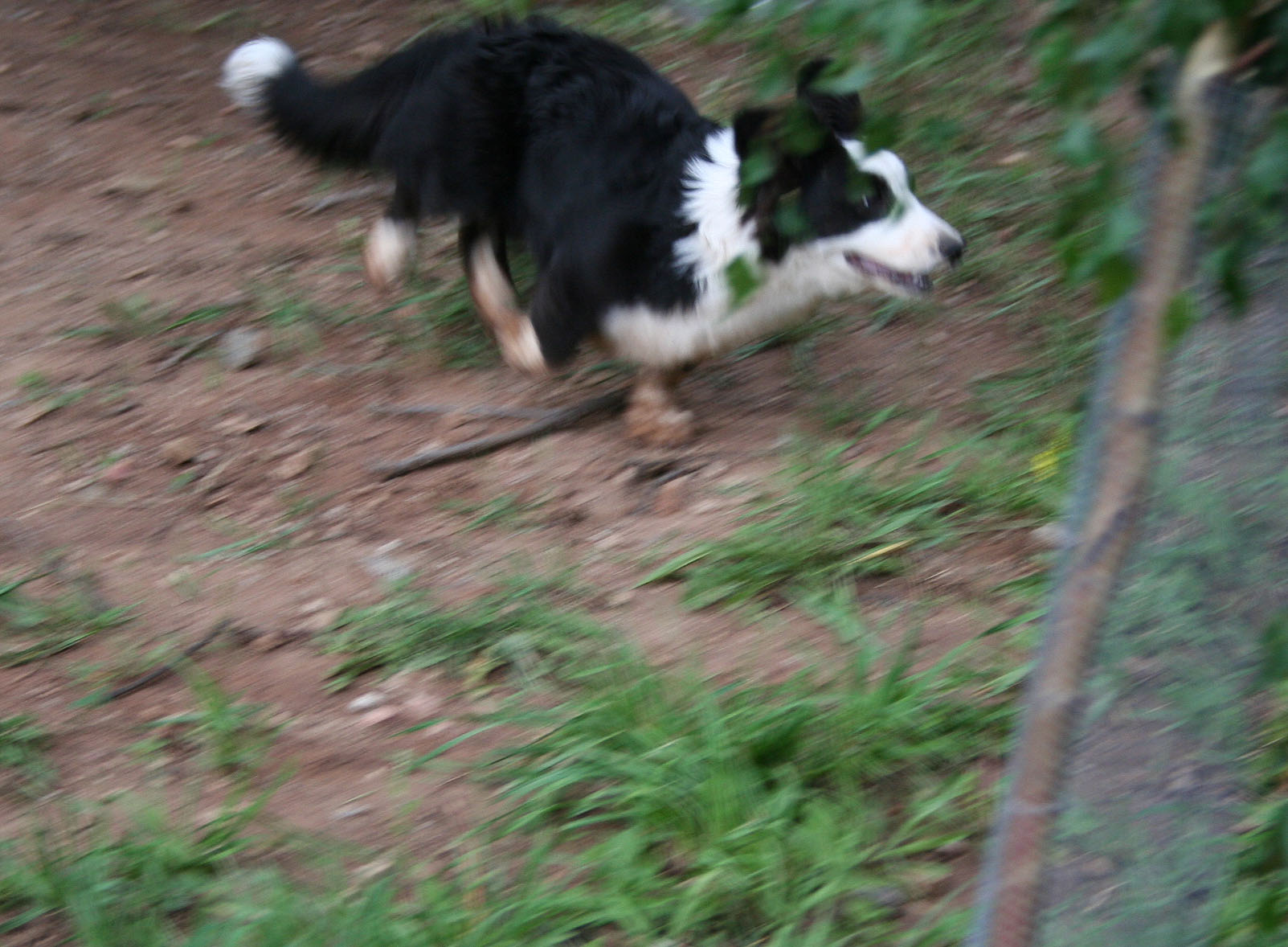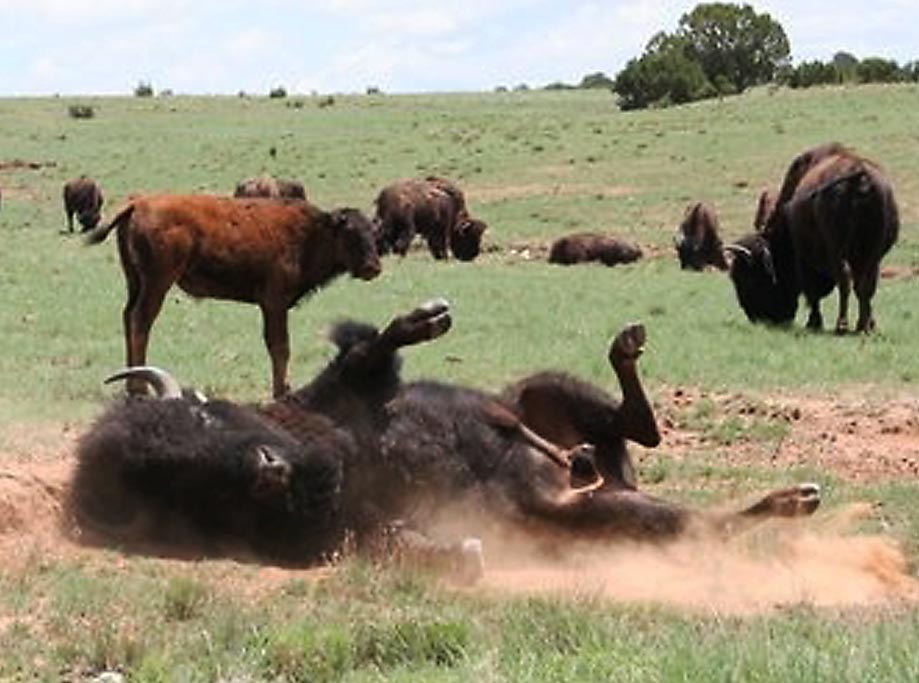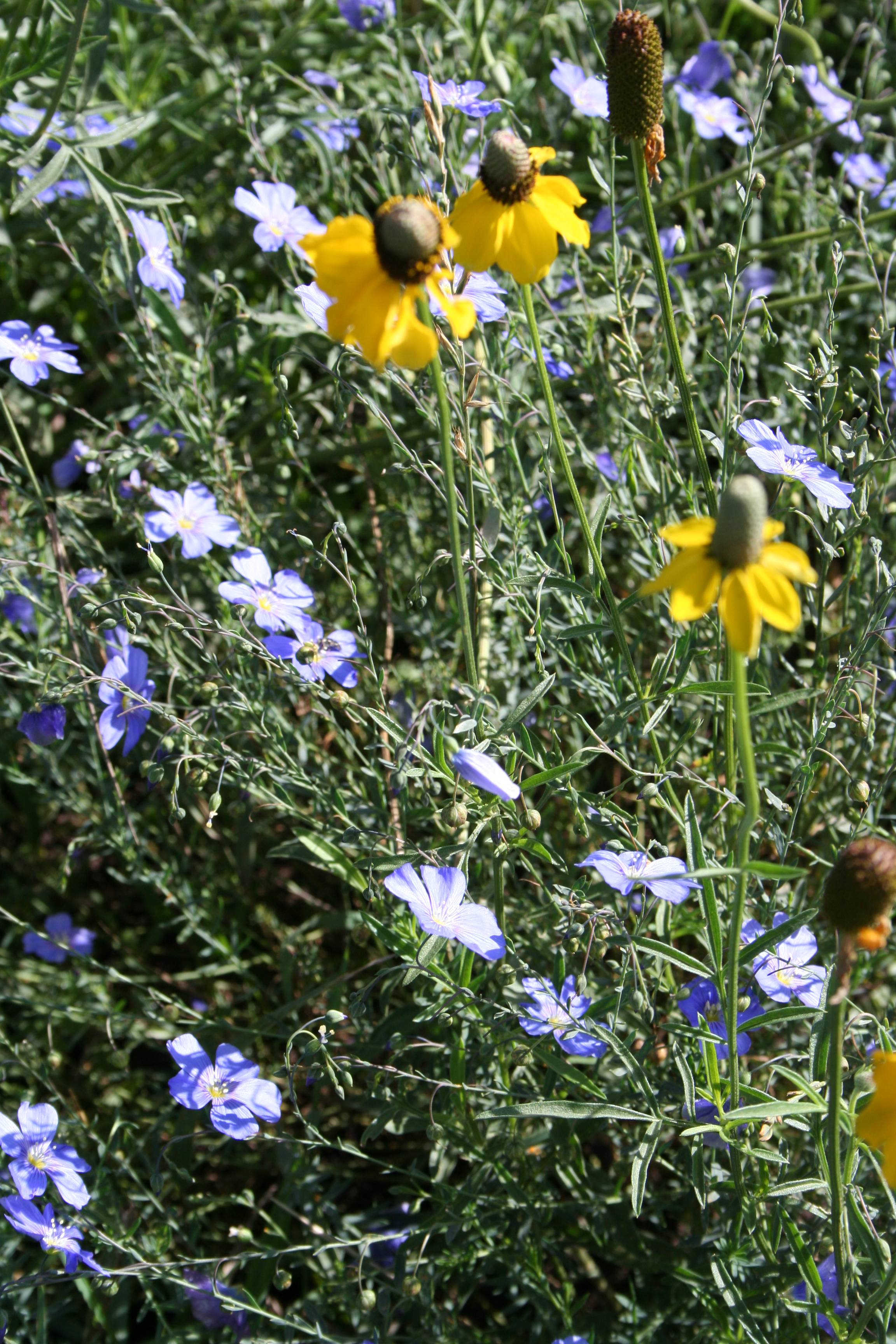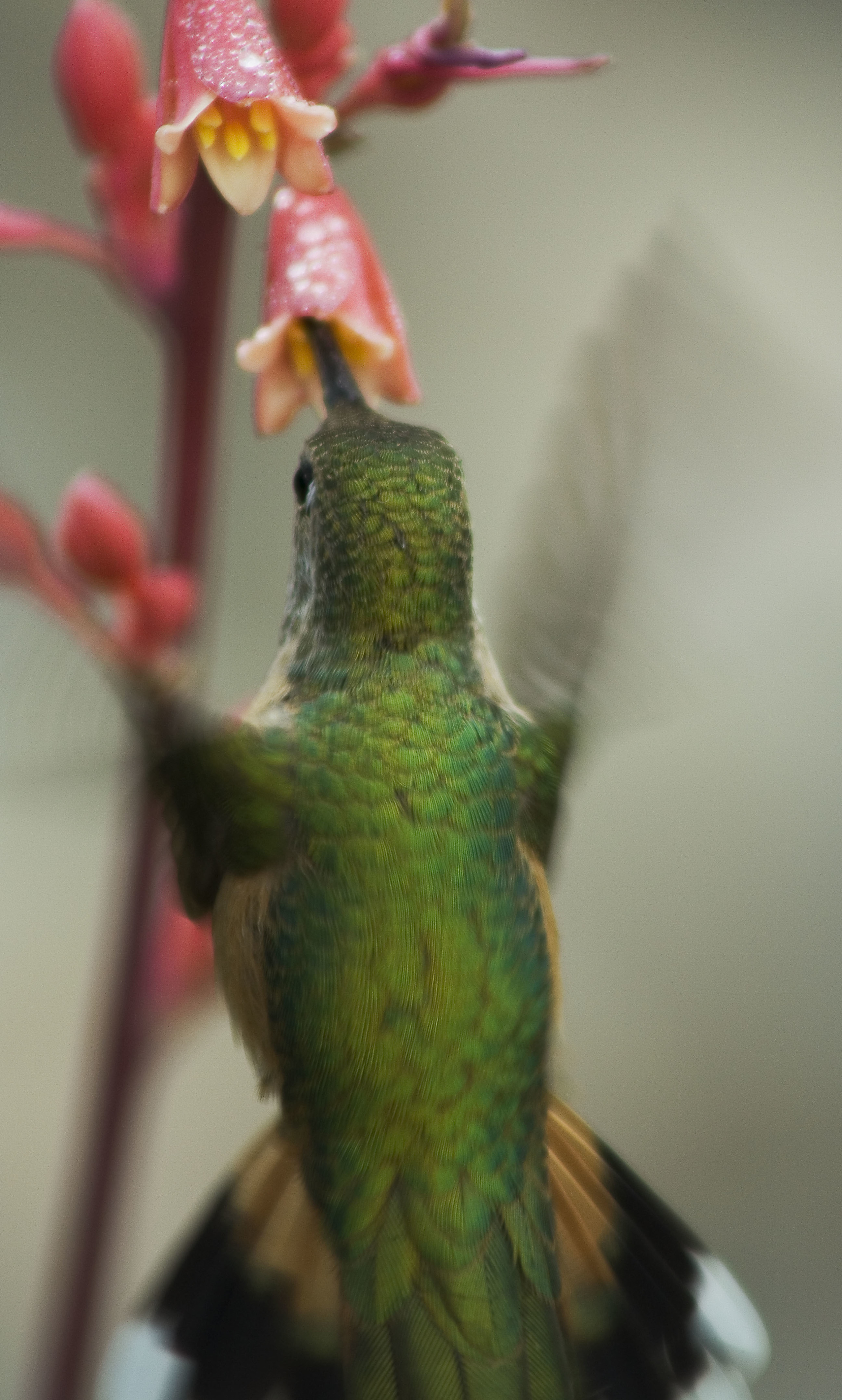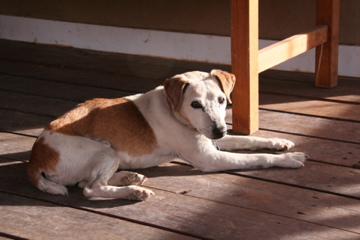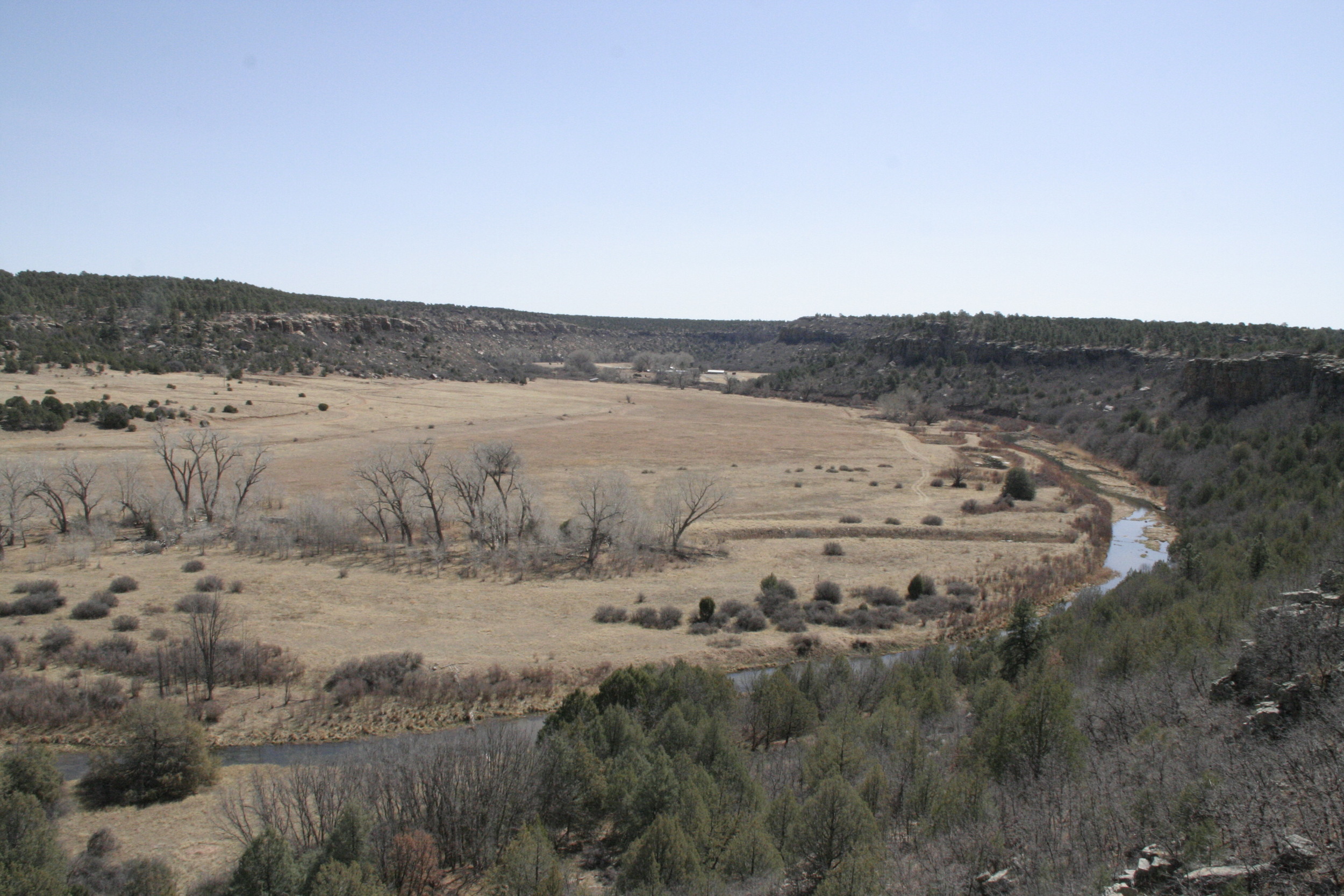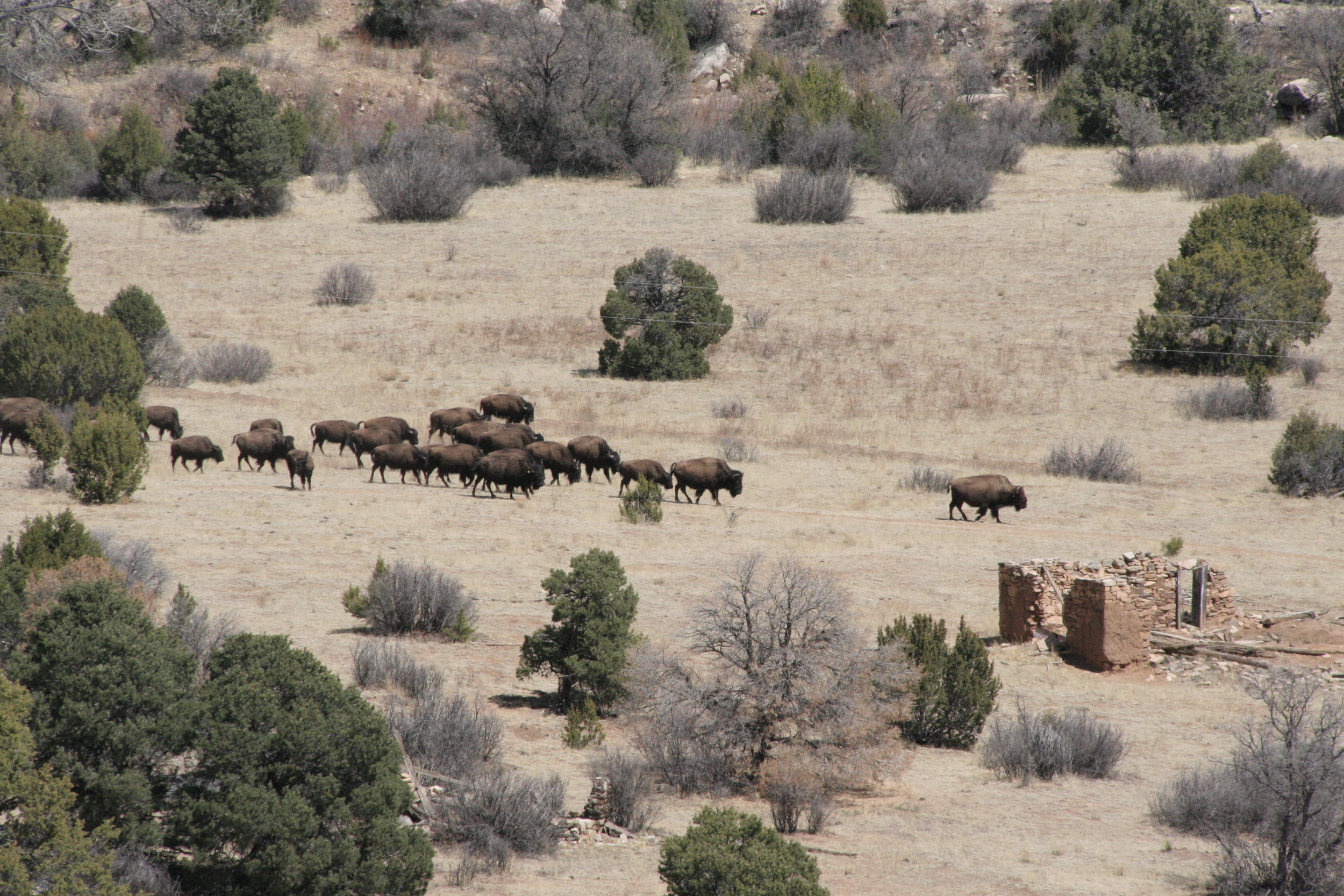
Last month our good friend, cousin, and fellow writer, Petey Salman, experienced a major cerebral hemorrhage. She is, at this time, in a care facility in Albuquerque, New Mexico. Those of you who are part of Green River Writers Workshops know that Petey is a lover of writing. I hope you also know how much your friendship and support have meant to her and how much she looked forward to the workshop each summer. Here is a part of a story that Petey wrote several years ago. I hope Petey knows that we are there to rock her back in the right direction, just as she would rock us.
From “Whale Rocker” by Petey Salman
Helplessness makes me nuts.
Not the ordinary kind of helplessness, like running out of gas or having the three-day flu or screwing up your checking account. No, I mean the big life or death kind of helplessness: kittens dumped by the freeway, birds falling out of their nest, homeless people trapped in a blizzard. Make or break situations. Most people shrug their shoulders, say, "That's it. Too late," but I've always had this idea that, with a little effort, you could stop things before they got to that point. Too late, I mean.
Spiders, dogs, cats, birds, hamsters--yes, even people. You name it, I've saved it.
Saving is in my nature, some aberrant strand of DNA that impels me to rescue any creature that is helpless or in imminent danger. Years ago my high school sweetheart called me “Saint Polly of the Lost”. And my family swears I have an invisible sign on my door that cries out "Come--and I will take care of you."
I say you can save almost anything if you're committed to it.
Take whales for instance.
For years people didn't understand why whales stranded. Those great mammals were usually left on the sand to die because humans didn't know what to do with them.
Let me tell you, beached whales die a really horrible death.
It's not that they can't breathe on land; they are mammals, air breathers. They die because they're so damned heavy that once on shore, without the buoyancy of the sea to support them, their great weight slowly crushes all their internal organs. Sometimes they even start to decay inside a long time before they actually die. Needing an answer to why the whales persisted in swimming ashore, someone decided they must be committing suicide. Ludicrous as that notion was, the theory was accepted as truth for a long time.
Finally, after years and years, another person figured out that possibly the whales were really in some sort or trouble, and maybe pushing them back into the water would help. At least that was a step in the right direction.
For a long time, hundreds of volunteers would keep the whales wet until the tide came in and then push the big mammals out to sea. The only problem was, most of the whales turned around, stranded again, and died. At that point it appeared that saving whales was an impossible task.
At last a naturalist, a dedicated saver, I'm sure, hit on the idea that whales have some sort of directional gyroscope in their brains which freezes up when they strand. Even if they are finally pushed back into the water, their gyroscopes
are still frozen; the whales turn right instead of left, so to speak, and swim right back to shore. The solution was simple:
Rock the whales back and forth while waiting for the tide.
That would jar loose the gyroscopes and the whales would swim straight out to sea instead of turning back. It worked like a charm. The man was right and the whales swam seaward.
I saw the whole thing on a PBS special and decided right then and there I wanted to be a whale rocker. Forget that I lived in a landlocked state in the Southwest and had only been to the beach a half dozen times in my life. Like I said, anything is possible if you're committed.
Every night when I went to bed, I would lie in the dark and imagine myself on some distant beach, accompanied by other whale rockers, hands pressed against the chamois-soft, damp skin of a beached whale. Legs braced, all together we would push, then release, push and release, forcefully trying to rock the whale and unlock the gyroscope before the tide came in.
I imagined I was the leader of the rocking crew, organizing environmentalists, villagers, passersby, local law enforcement-- every able body pressed into service to save the whale. And when the volunteers were finally organized into two long lines on either side of the mammal, I would gently rest my telescoping ladder against the whale's great head and scramble up so I could look into its large eye while it was being rocked. It was the only way I could think of to comfort the whale, let it know we meant no harm.
For years I fell asleep gazing into the whale's eye.
************


